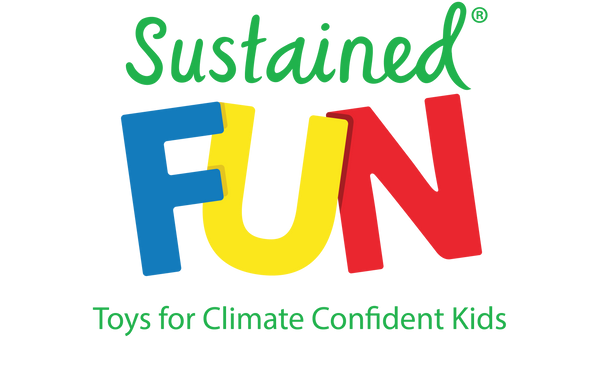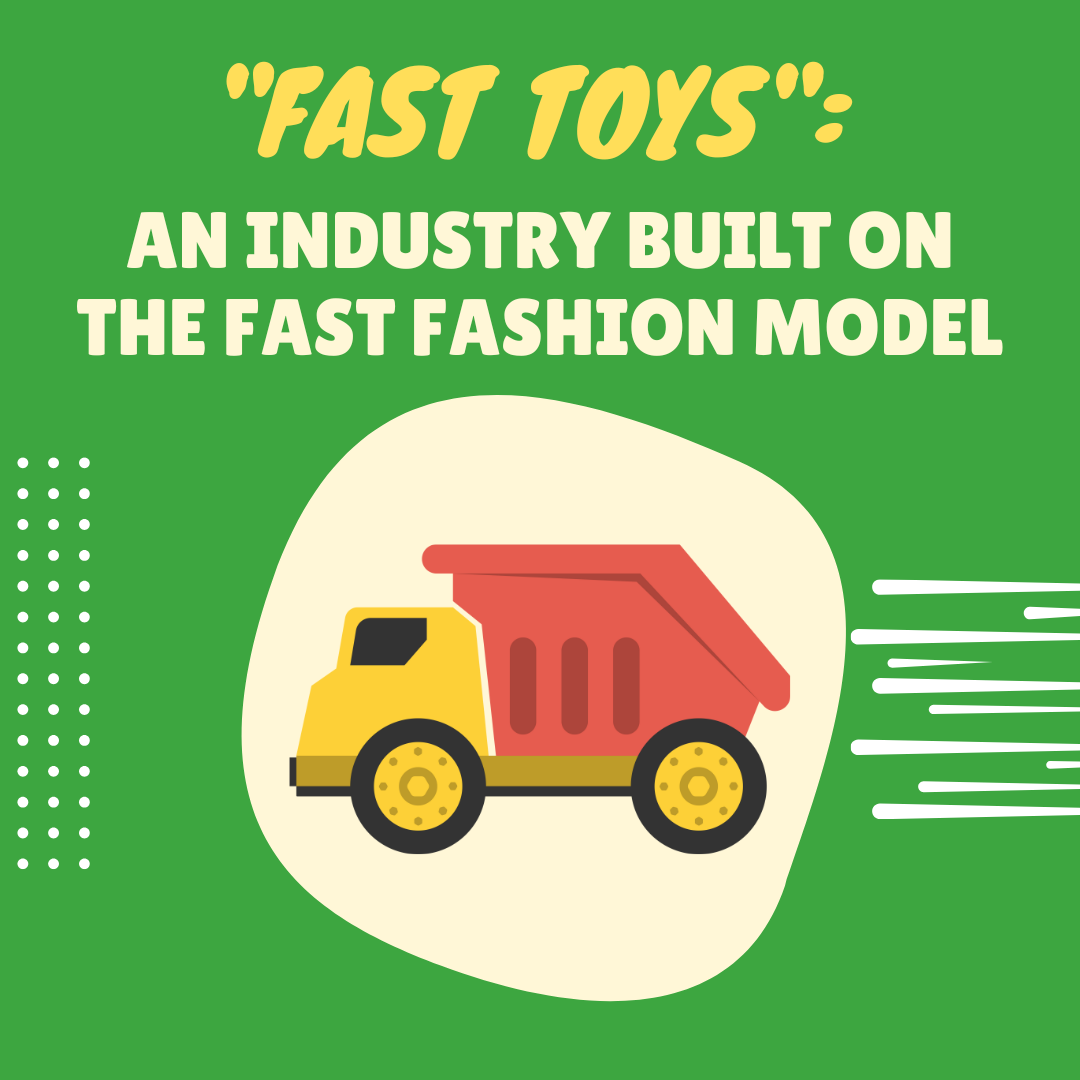The toy industry has quietly adopted the problematic practices of fast fashion, leading to a surge of low-quality, short-lived products with significant environmental and social consequences. The parallels between these two industries highlight the urgent need for more sustainable alternatives. Here’s a closer look at how “fast toys” mimic fast fashion and why this model is harmful:
1. Low-Quality Goods
Much like fast fashion, the toy industry floods the market with cheaply made products designed to catch the eye but not to last. These toys are often produced with inferior materials, leading to a high rate of breakage and discard. This focus on quantity over quality leaves families frustrated and contributes to a growing waste problem.
2. Low Prices, High Waste
The allure of low prices often masks the true cost of these toys. Cheap products encourage over-purchasing, but their poor durability ensures a short lifespan, creating more waste. Broken toys are rarely recyclable, often ending up in landfills where they persist for decades.
3. Environmental and Social Exploitation
The mass production of low-cost toys frequently relies on exploitative labor practices and environmentally destructive methods. Factories producing these goods may emit harmful pollutants, deplete natural resources, and exploit workers, including in regions with lax labor laws. These practices mirror the environmental and human toll of fast fashion.
4. Encouraging a Culture of Overconsumption
The fast toy model promotes a consumption cycle that teaches children unhealthy habits. Toys are marketed as disposable, fostering a mindset of constant acquisition and replacement. This consumption culture not only strains household budgets but also undermines efforts to teach children about sustainability and responsible purchasing.
5. Safety Risks from Lack of Testing
In the rush to produce inexpensive products, safety standards are often compromised. Many fast toys do not undergo rigorous safety testing, resulting in potential hazards for children, from choking risks to exposure to toxic materials. This disregard for safety endangers the very consumers the industry aims to serve.
Moving Towards Sustainable Play
The fast toy model is unsustainable and harmful to people and the planet. However, there are alternatives that prioritize quality, safety, and sustainability. Brands like Sustained Fun offer eco-friendly, durable products designed to last, encouraging mindful consumption and reducing waste.
By choosing high-quality, sustainable toys, parents can challenge the fast toy industry and teach their children valuable lessons about environmental stewardship and thoughtful purchasing. It’s time to move beyond fast toys and embrace a future of play that’s both fun and responsible.

